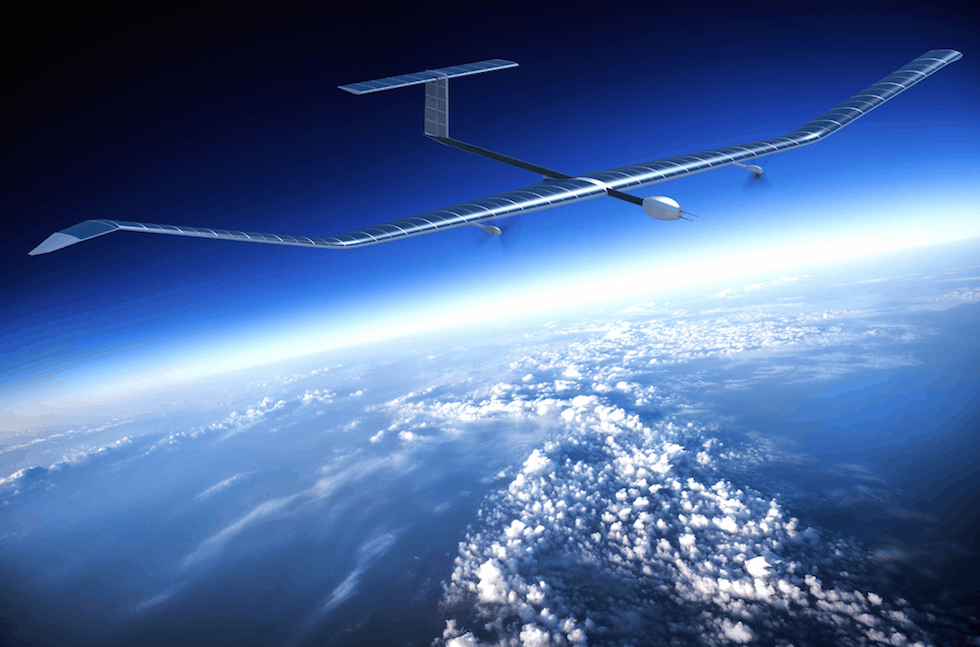Williams and Airbus join forces on Zephyr drone project
The technology spin-out arm of the Formula One team Williams and Airbus have signed a Memorandum of Understanding to work together to apply F1-inspired technology to the aerospace industry.

The collaboration between the aerospace giant and Williams Advanced Engineering will focus on the ways in which ultra-lightweight materials, battery technologies and electrical cell chemistries can be integrated on Airbus’ Zephyr High Altitude Pseudo-Satellite (HAPS) programme.
Zephyr is a record-breaking, solar-powered, unmanned aerial system (UAS), or drone, with unique communications and surveillance capabilities. As previsouly reported by The Engineer the aircraft, which was originally built and designed by Qinetiq, will fly at more than 65,000 ft, above commercial air traffic, for months at a time. The first production examples are being manufactured at Farnborough for the UK Ministry of Defence.
With four decades of experience at the pinnacle of motor racing, where lightweight materials and structures are crucial to speed and safety, Williams is now developing these technologies and finding innovative solutions to weight saving with its know-how. Its most recent developments have included an innovative take on using recycled carbon fibre to manufacture components that can be 40 per cent lighter than current alternatives.
Register now to continue reading
Thanks for visiting The Engineer. You’ve now reached your monthly limit of news stories. Register for free to unlock unlimited access to all of our news coverage, as well as premium content including opinion, in-depth features and special reports.
Benefits of registering
-
In-depth insights and coverage of key emerging trends
-
Unrestricted access to special reports throughout the year
-
Daily technology news delivered straight to your inbox










Water Sector Talent Exodus Could Cripple The Sector
Maybe if things are essential for the running of a country and we want to pay a fair price we should be running these utilities on a not for profit...